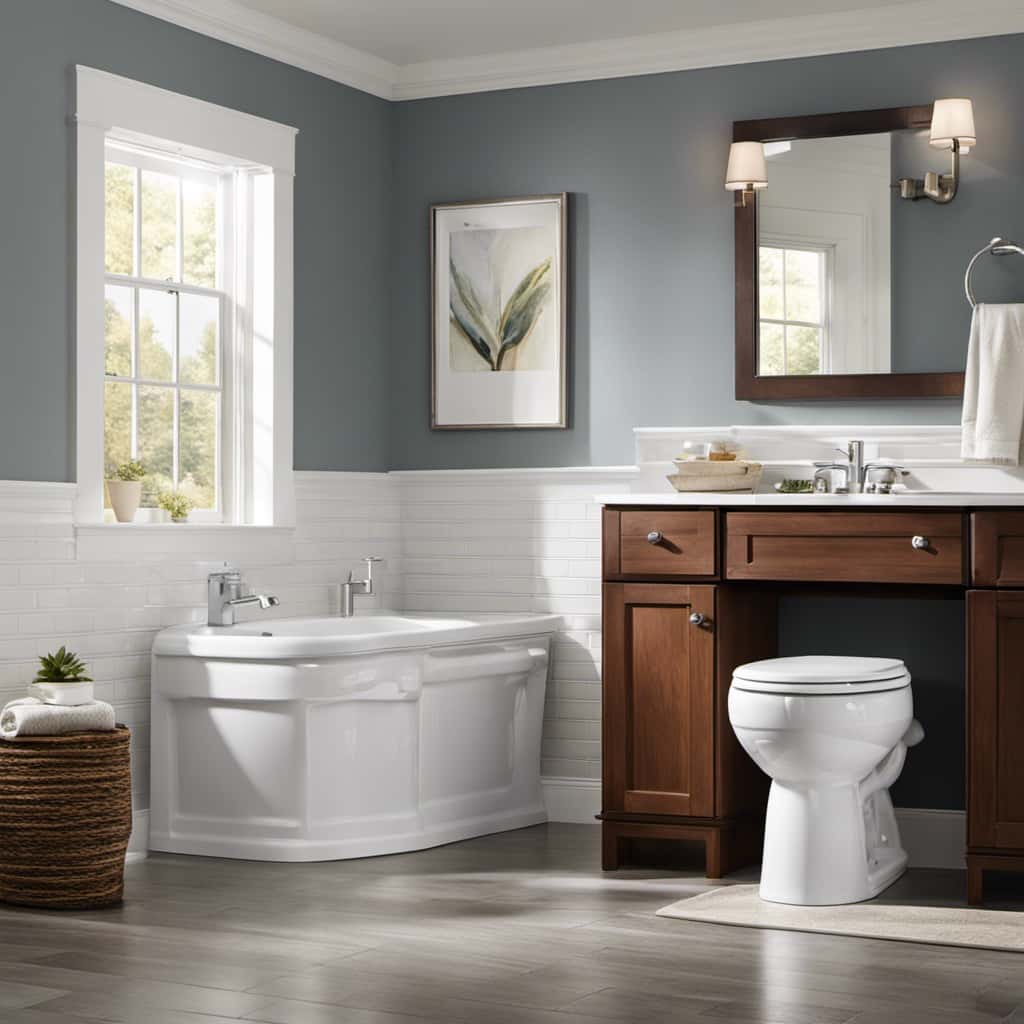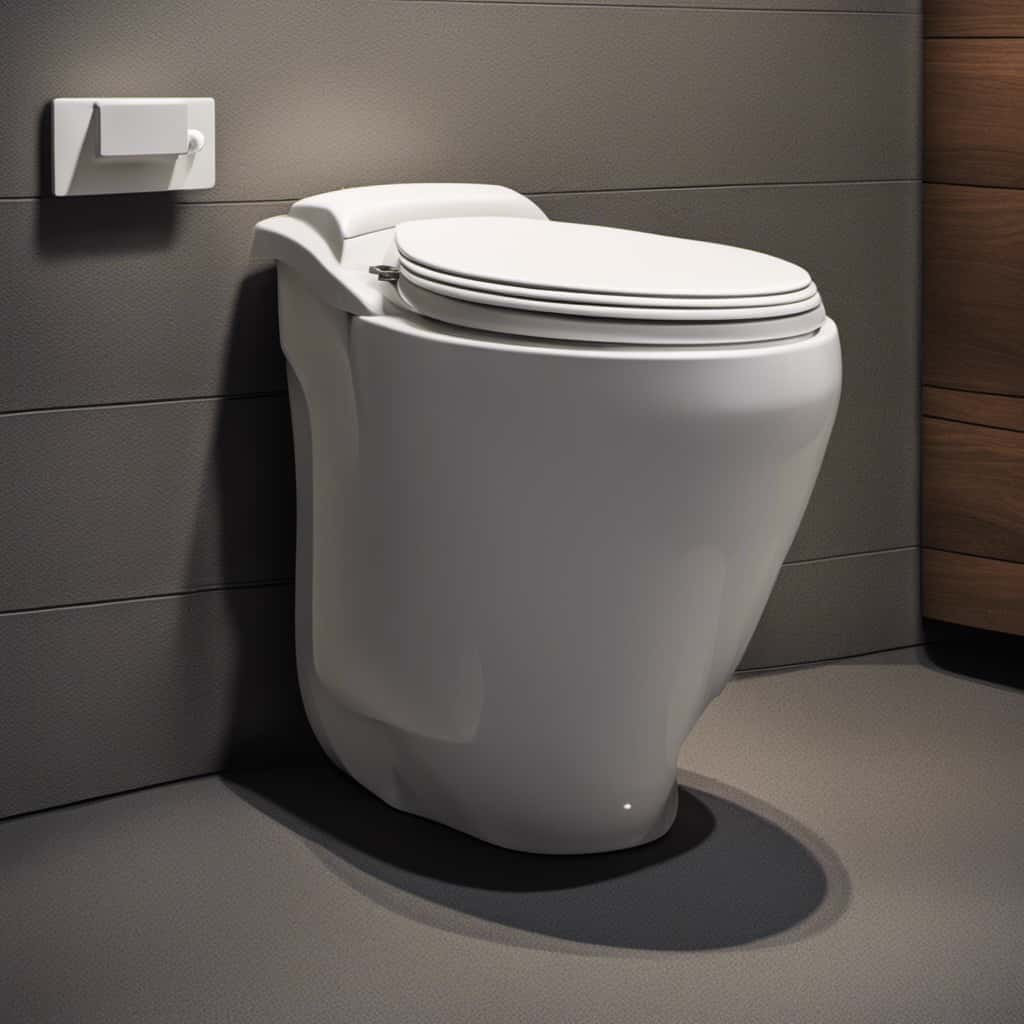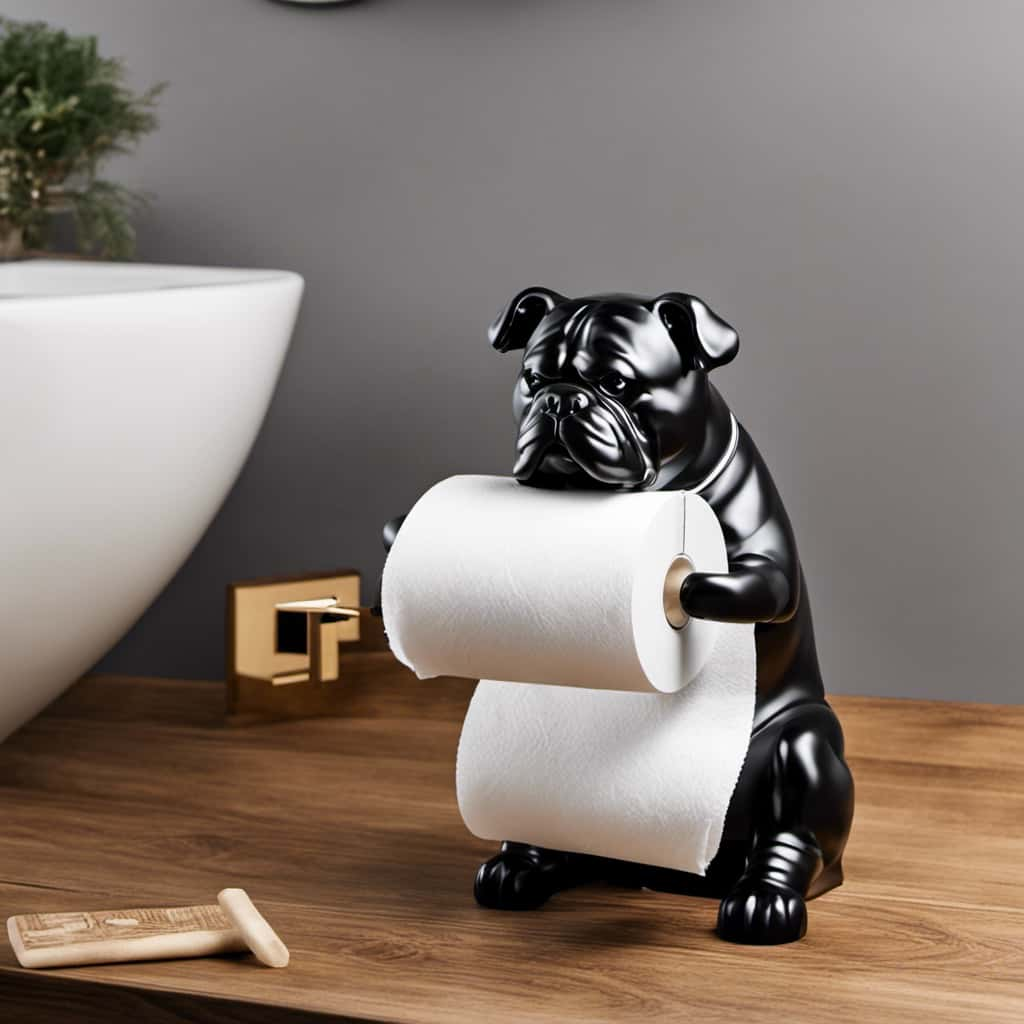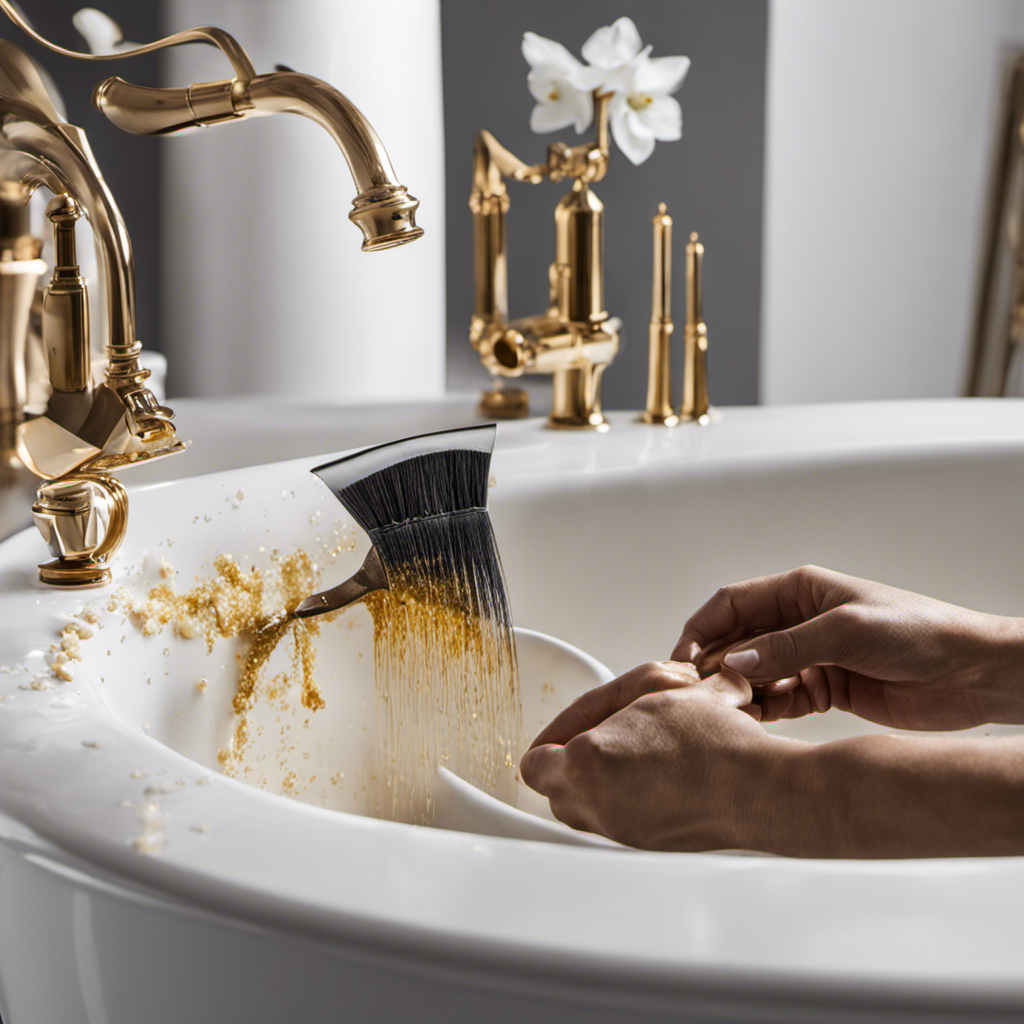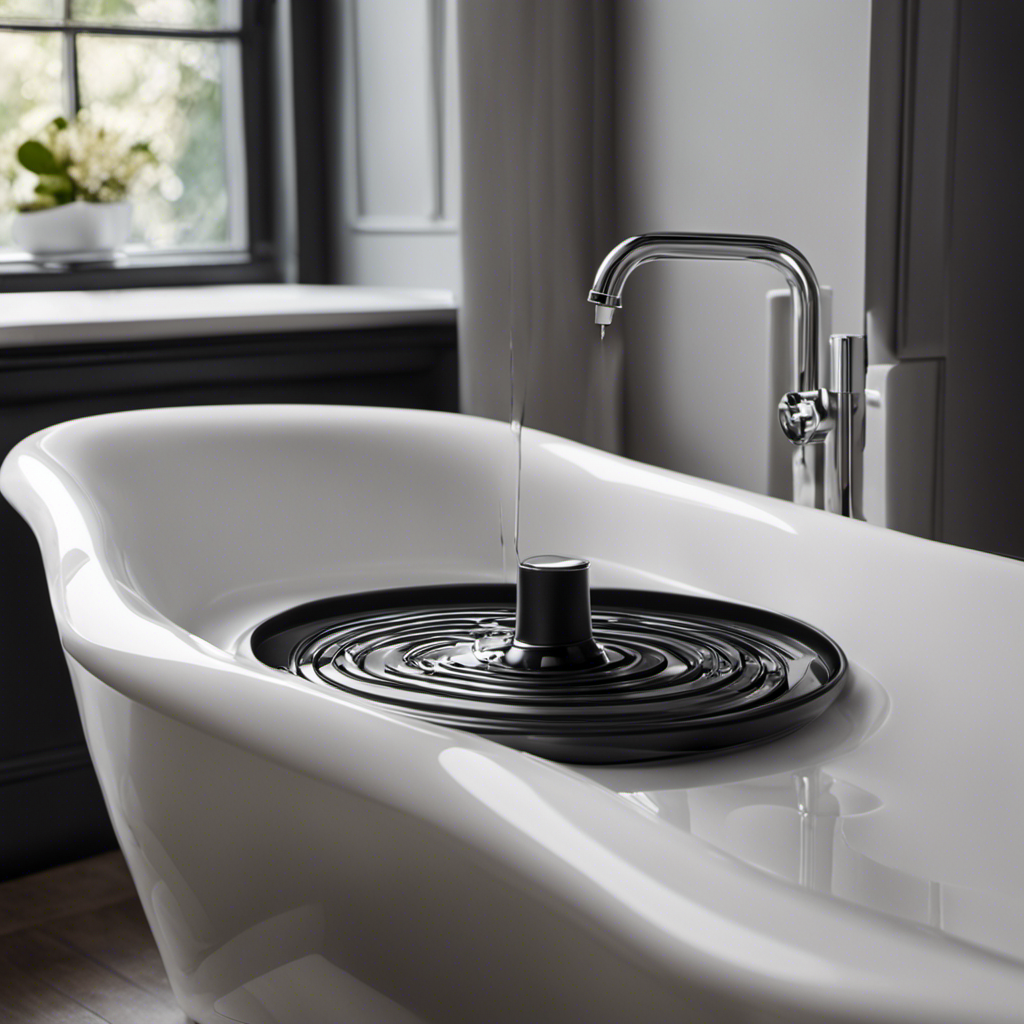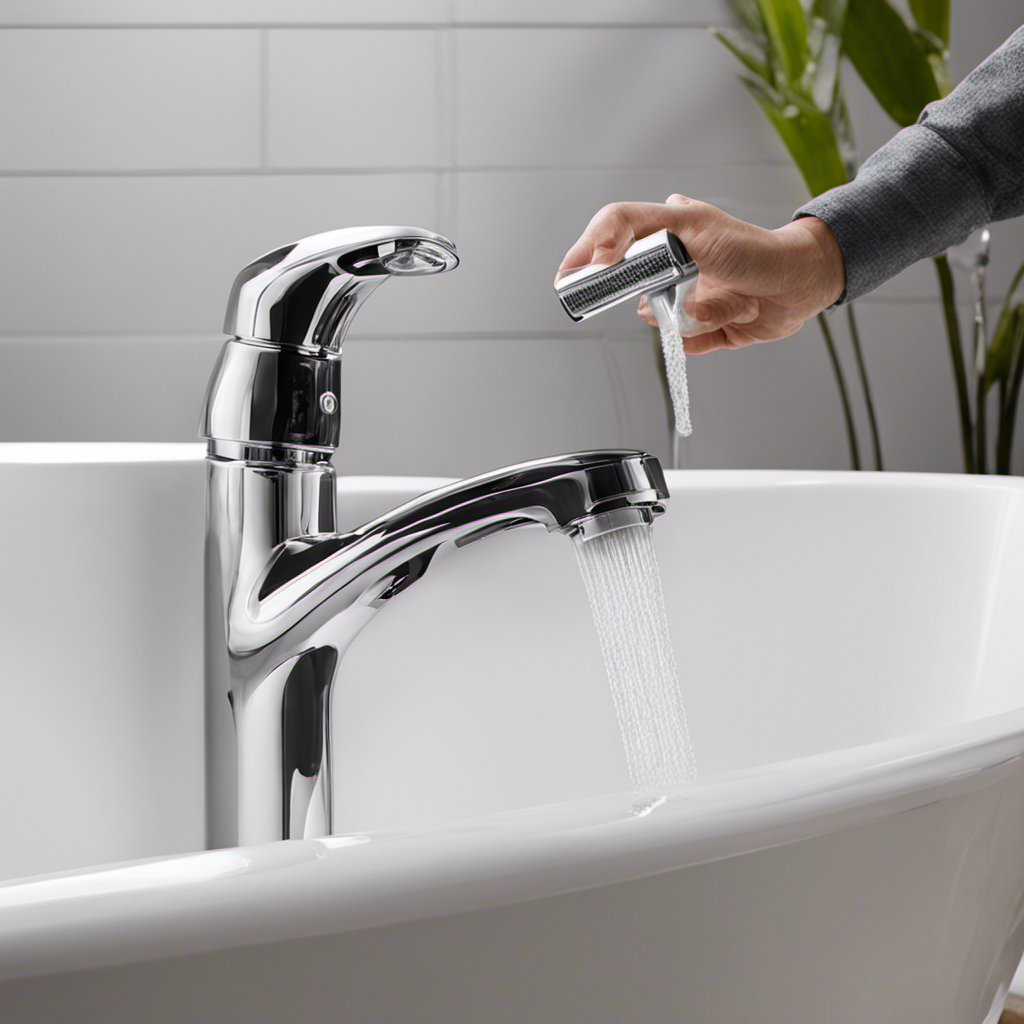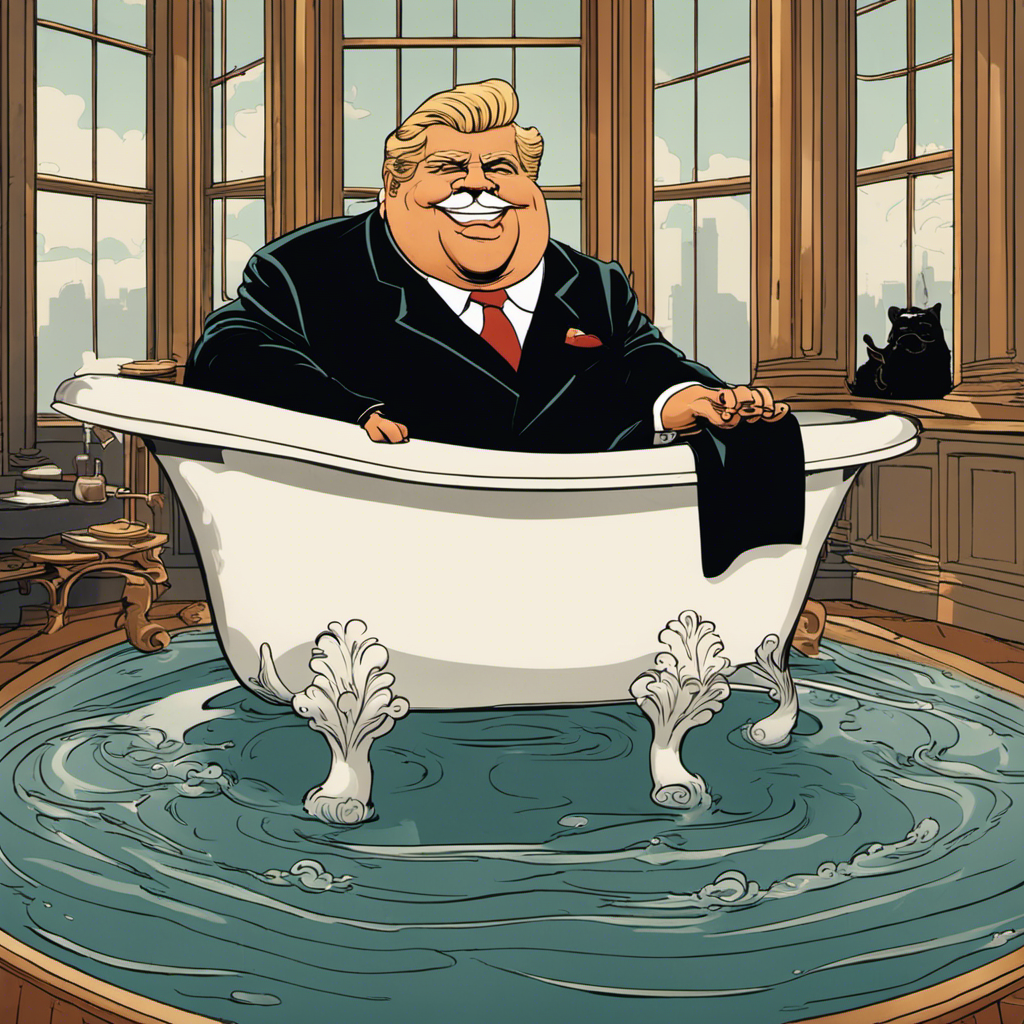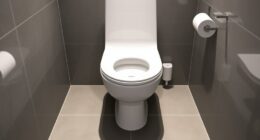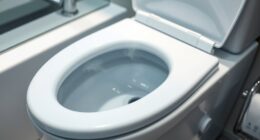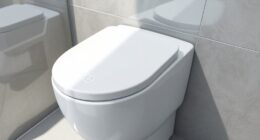Have you ever wondered why our toilet bowl seems to fill up excessively when we flush? Well, fear not, as we have the answers you seek.
In this informative and concise article, we will explore the common causes of toilet bowl overflow and provide you with step-by-step troubleshooting techniques to fix the issue.
Additionally, we’ll share valuable tips to prevent future overflow and guide you on when it’s necessary to call in professional help.
Let’s delve into the mastery of toilet bowl management.
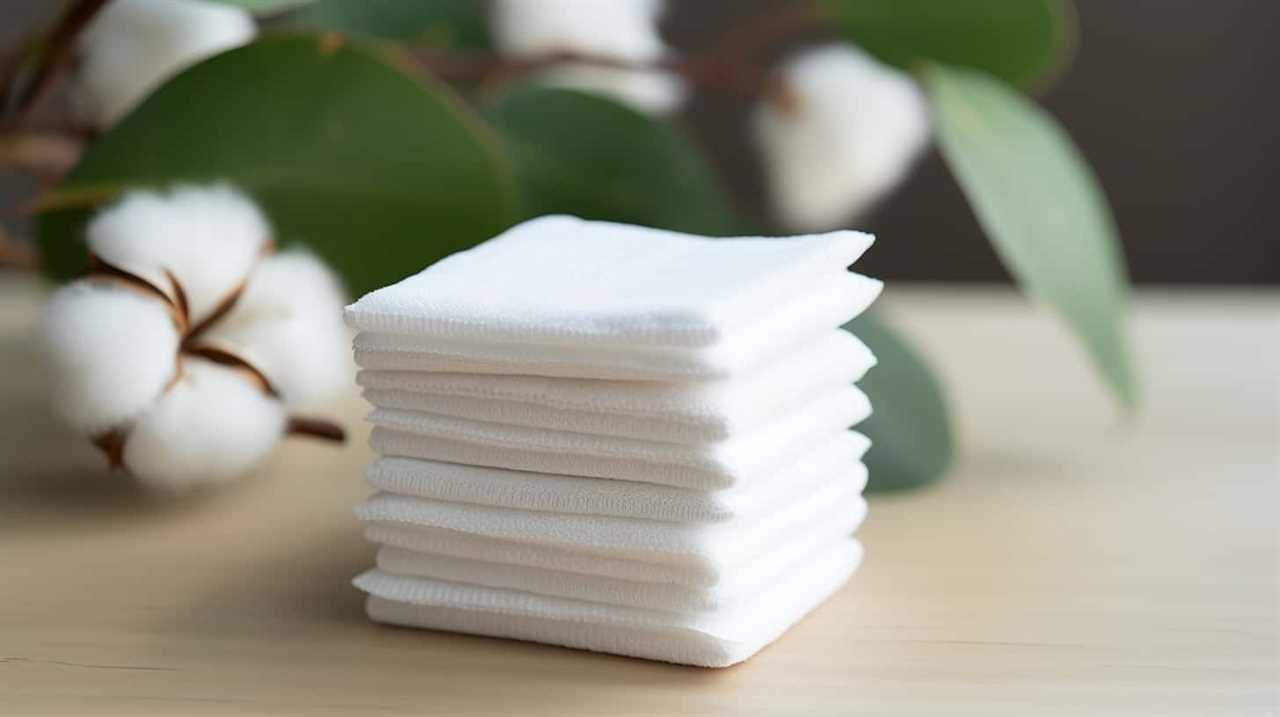
Key Takeaways
- Excessive toilet paper, foreign objects, or mineral deposits may cause toilet bowl overflow
- Regular toilet maintenance, such as checking water levels and inspecting and replacing faulty parts, helps prevent overflow
- Using a plunger or plumbing snake can clear blockages and fix a clogged toilet causing overflow
- Seeking professional help may be necessary if basic troubleshooting measures do not resolve persistent overflow or indicate a damaged toilet
Common Causes of Toilet Bowl Overflow
One common cause of toilet bowl overflow is when something gets stuck in the drain, preventing the water from flowing properly. This can happen due to various reasons such as excessive toilet paper usage, foreign objects accidentally flushed down the toilet, or a build-up of mineral deposits over time.
It’s essential to practice regular toilet bowl maintenance to prevent such issues. Signs of a damaged toilet may include slow draining, gurgling sounds, or water rising to the rim when flushed.
To avoid toilet bowl overflow, it’s crucial to be mindful of what’s flushed down the toilet, avoid excessive toilet paper usage, and consider using a plunger or plumbing snake to clear any blockages.
Regular maintenance and prompt repairs can help prevent toilet bowl overflow and ensure the proper functioning of the toilet.
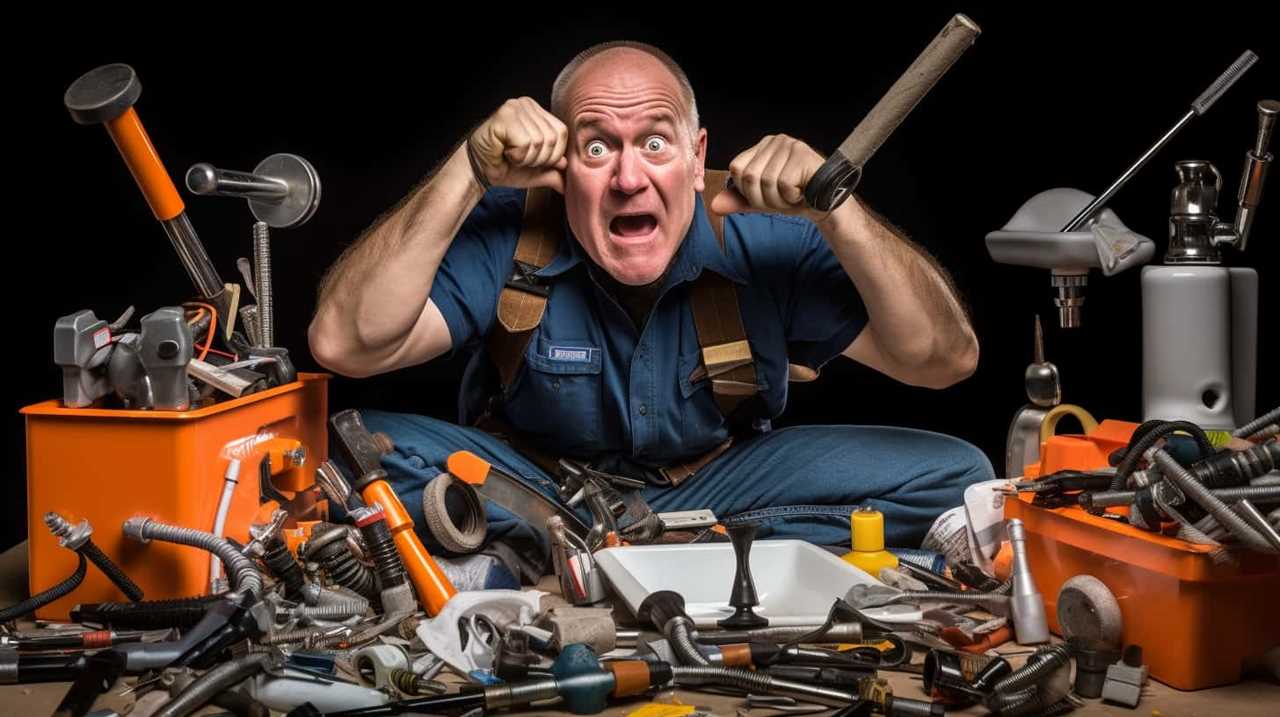
Steps to Troubleshoot a High-Filling Toilet Bowl
To troubleshoot a high-filling toilet bowl, we can start by checking the water level in the tank. The water level should be about an inch below the top of the overflow tube. If it’s higher, it could lead to a toilet bowl overflow. Here are some steps to troubleshoot the issue:
| Steps | Actions |
|---|---|
| 1 | Check the water level in the tank |
| 2 | Adjust the float valve if necessary |
| 3 | Inspect the fill valve for any leaks |
| 4 | Clean or replace the fill valve if needed |
| 5 | Test the flush valve and flapper for proper functioning |
By following these steps, you can identify and resolve any issues with the toilet bowl water level, preventing overflow. However, if the high-filling toilet bowl is caused by a clogged toilet, further steps will be needed to fix the problem.
Now, let’s move on to discussing how to fix a clogged toilet causing overflow.
How to Fix a Clogged Toilet Causing Overflow
To fix a clogged toilet causing overflow, we can start by using a plunger to clear the blockage. Here are three steps to help you fix the problem and avoid costly repairs:
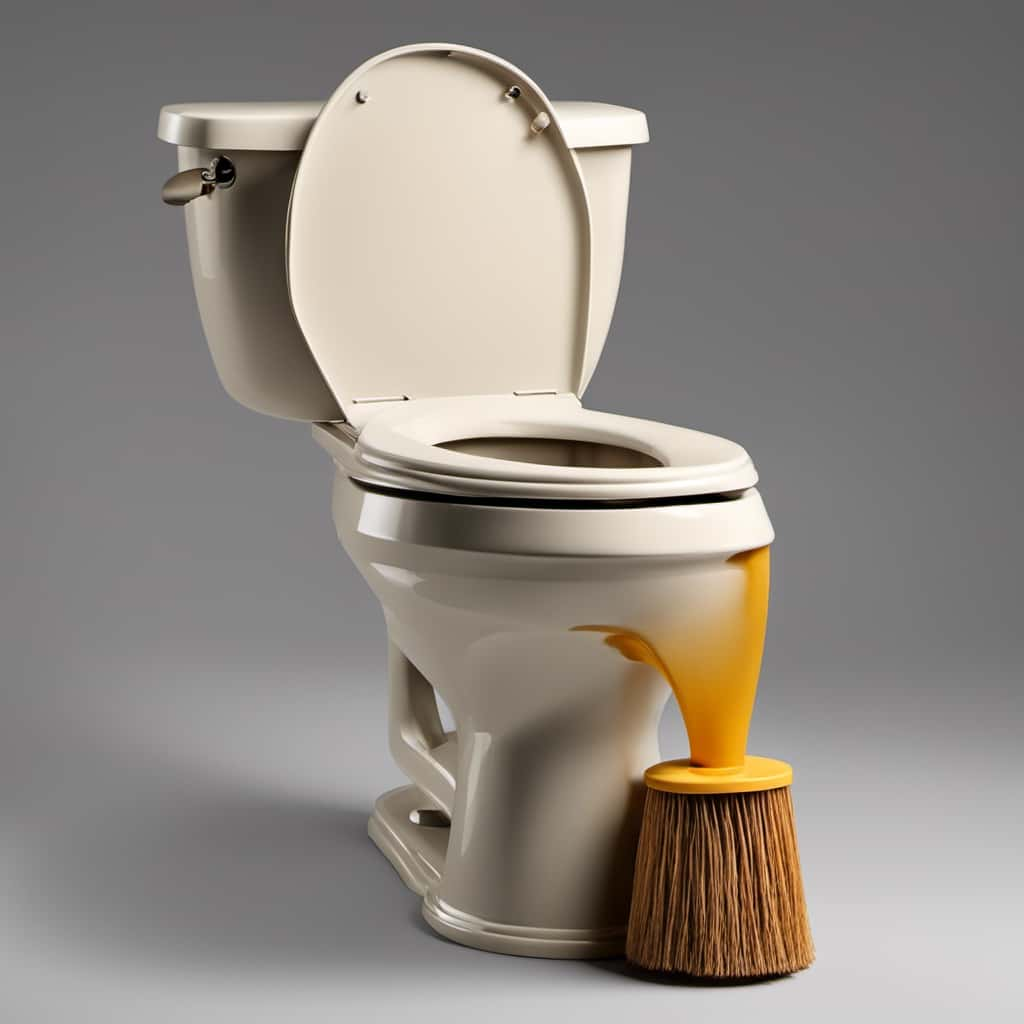
- Prepare the plunger: Ensure the plunger is clean and in good condition. It should have a rubber flange that fits securely into the toilet drain.
- Create a seal: Place the plunger over the drain hole, ensuring a tight seal. Push down gently to expel any trapped air.
- Plunge with force: Using a firm grip, plunge vigorously up and down for about 20 seconds. Repeat this process until the water starts draining properly.
Remember, regular toilet bowl maintenance is key to preventing clogs and overflow. However, if DIY toilet repairs don’t solve the issue, it’s best to consult a professional plumber.
Now, let’s move on to the next section, where we’ll discuss some tips for preventing future toilet bowl overflow.
Tips for Preventing Future Toilet Bowl Overflow
To prevent future toilet bowl overflow, we can implement some simple maintenance practices. Regular toilet maintenance is essential to ensure proper functioning and prevent overflow.
Firstly, check the water level in the tank and adjust the fill valve if necessary to maintain the recommended water level.
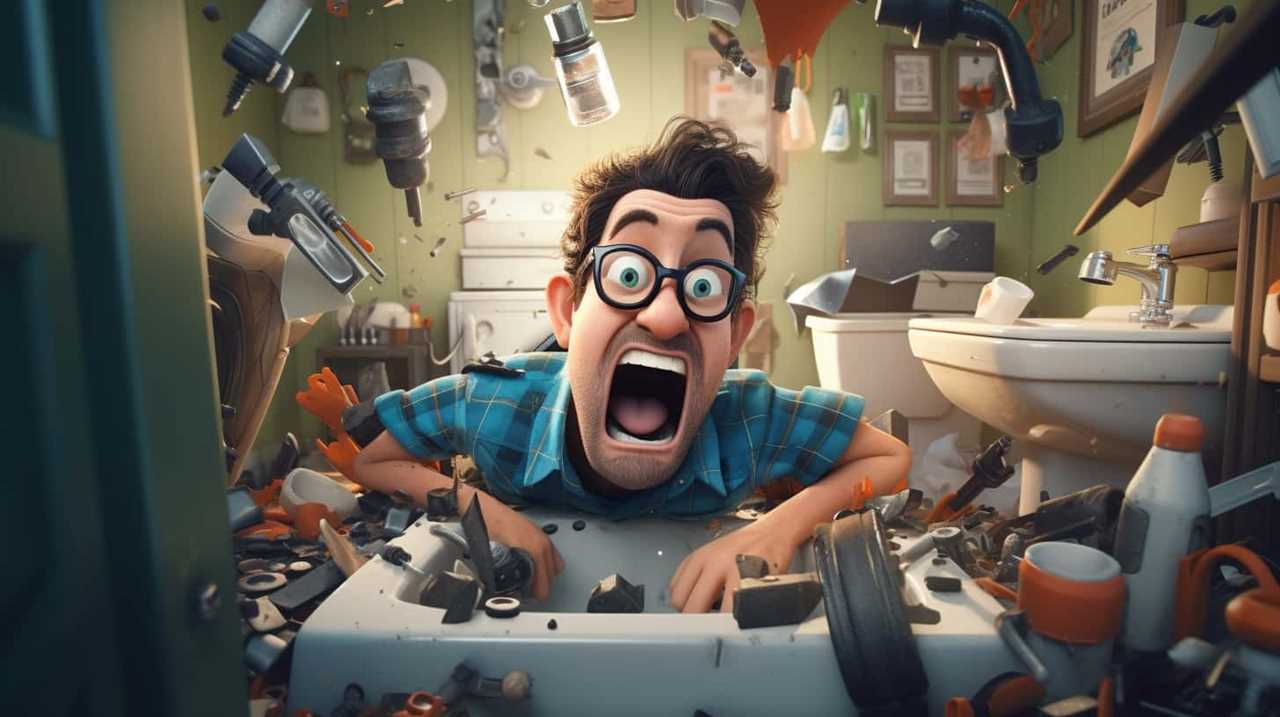
Additionally, inspect the flapper valve for any signs of wear or damage and replace it if needed.
It’s also crucial to avoid flushing excessive amounts of toilet paper or other non-flushable items. Educate household members on proper flushing habits to prevent clogs and overflow.
Finally, consider installing water-saving toilet options, such as dual-flush toilets or low-flow toilets, which use less water per flush.
When to Seek Professional Help for Toilet Bowl Overflow
If experiencing persistent toilet bowl overflow despite attempting basic troubleshooting measures, it may be necessary to consult a professional plumber for assistance. Here are three signs that indicate a damaged toilet bowl that may cause overflow and why regular toilet maintenance is important in preventing such issues:
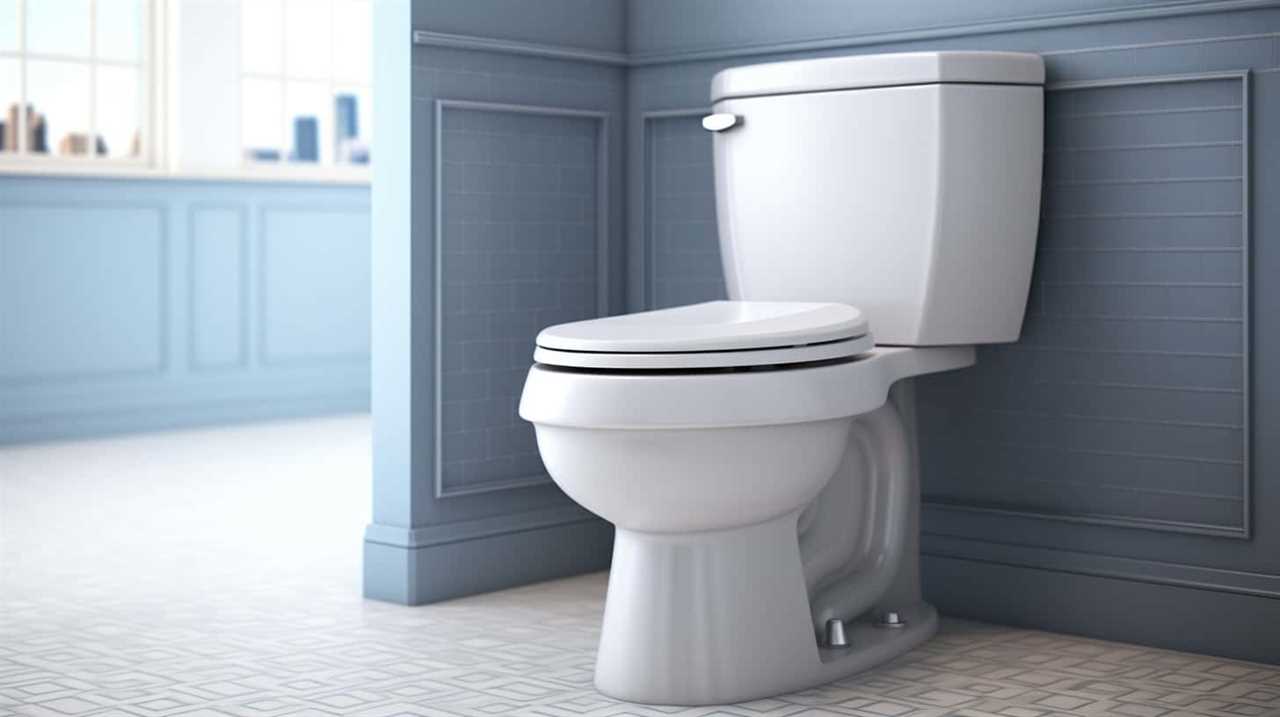
- Cracks or leaks: Inspect your toilet bowl for any visible cracks or leaks. These can lead to water seepage and cause the bowl to fill up too high when flushed.
- Faulty flush valve: A malfunctioning flush valve can prevent proper flushing, causing the water level in the bowl to rise excessively. A professional plumber can assess and repair the flush valve to resolve the issue.
- Clogged drain line: A clogged drain line can obstruct the flow of water, leading to toilet bowl overflow. Regular maintenance, including periodic drain cleaning, can help prevent blockages and avoid potential overflow situations.
Frequently Asked Questions
How Do I Know if My Toilet Bowl Is Filling up Too High When I Flush?
To determine if the toilet bowl is filling up too high when flushed, check the water level after flushing. If it exceeds the normal level, adjustments can be made to regulate the water level.
Can a High-Filling Toilet Bowl Cause Any Damage to My Bathroom or Plumbing System?
A high-filling toilet bowl can potentially cause damage to your bathroom or plumbing system. To prevent this, it is important to understand the potential consequences and take necessary prevention measures.
Are There Any Temporary Solutions to Prevent Toilet Bowl Overflow Until I Can Fix the Problem?
To prevent toilet bowl overflow, there are temporary solutions you can try. Adjusting the water level in the tank, clearing any clogs, or using a plunger can help. It’s important to fix the underlying problem as soon as possible.
Can Flushing Too Much Toilet Paper Cause the Toilet Bowl to Fill up Too High?
Flushing excessive toilet paper can lead to clogs and cause the bowl to fill up too high. To avoid this, it’s important to use the proper flushing technique, ensuring that only the necessary amount of toilet paper is flushed.
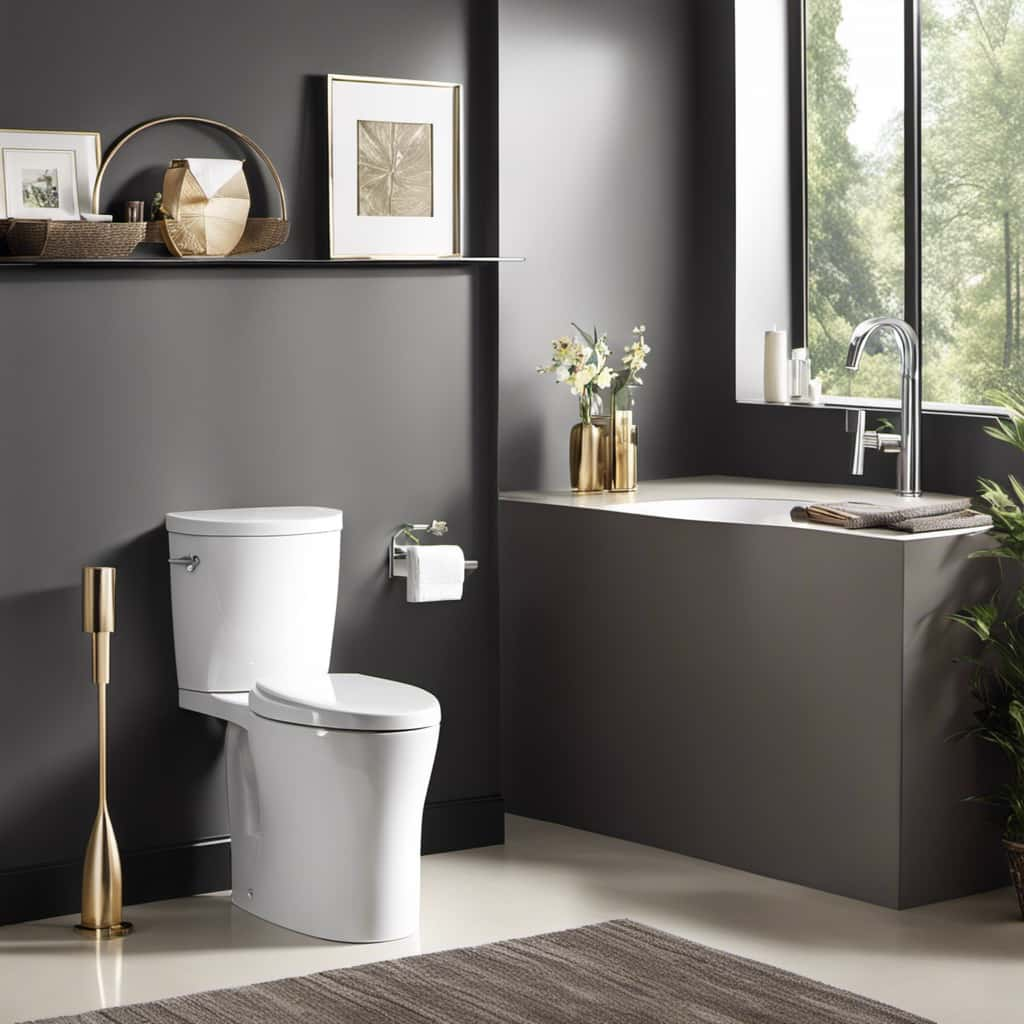
Are There Any Specific Toilet Bowl Designs or Models That Are More Prone to High-Filling and Overflow Issues?
Certain toilet bowl designs or models may be more prone to high-filling and overflow issues due to factors such as the material used in their construction and the impact of water pressure.
Conclusion
In conclusion, understanding the common causes of toilet bowl overflow is key to troubleshooting and fixing the issue.
By following the steps mentioned in the article, such as unclogging the toilet and implementing preventive measures, you can prevent future overflow incidents.
While some may think that seeking professional help is unnecessary, it’s important to remember that experts have the knowledge and experience to resolve complex toilet bowl overflow problems effectively.
